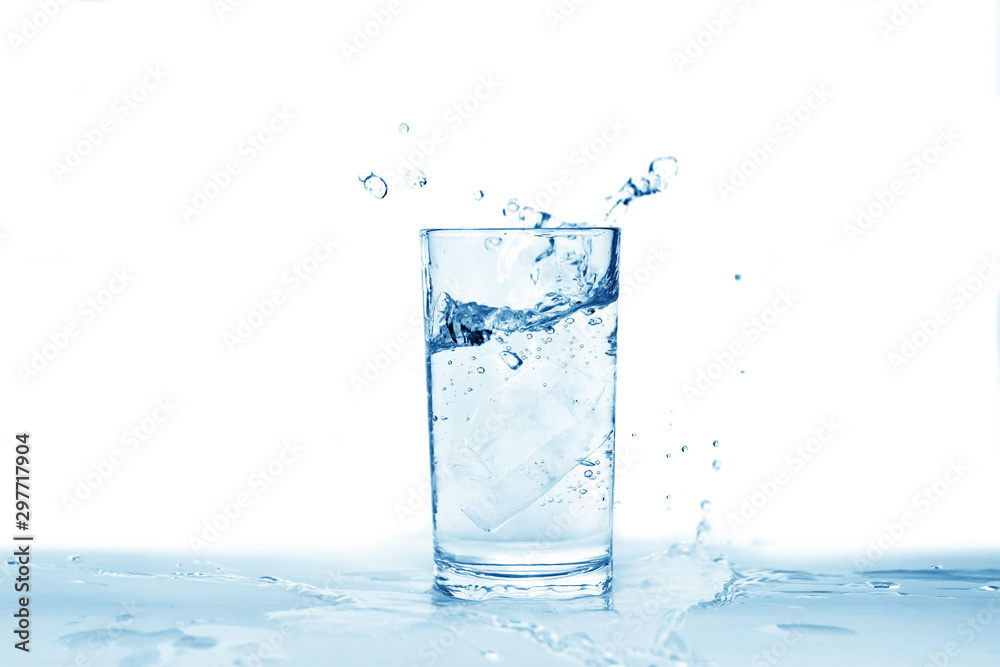Imagine a world where no one has to walk more than five minutes to get fresh drinking water, whether they’re standing in downtown Chicago or in a village outside Dar es Salaam. That’s the vision of HOPE Hydration, a startup that is using technology to try to eliminate the need for plastic water bottles.
HOPE has pioneered a water refilling station called the HydroStation. People can fill up their bottles with filtered water, and high-resolution digital screens provide real-time stats about water quality and the amount of plastic and carbon dioxide that is being saved by using the stations instead of plastic bottles. The screens can also incorporate advertising and social media platforms so the stations to add an element of interactivity.
HOPE, which officially launched in October, ultimately wants to have HydroStations blanketing the world—on the streets, at event venues, in retail environments, in housing developments. A prototype of the HydroStation was in operation at Advertising Week NY in the fall; HOPE partnered with Microsoft and Dentsu on the rollout. The company is in discussions with a half-dozen cities in the U.S., as well as others internationally, that are interested in installing the refilling stations in public places. The first batch of HydroStations will go into the ground in Atlanta in the first half of this year.
“Public drinking fountains used to be commonplace. They were meeting points and centers for conversation,” says Jorge Richardson, the CEO and co-founder of HOPE. “The question is: What would drinking fountains look like in the 21st century, in a completely digital world? How can we revive this old idea but in a new way?”
If you wanted a drink of water in the mid- to late-1800s, you might find yourself drinking a beer instead—or many—and, in fact, that’s what people did. Beer (and alcohol, in general) was considered healthier than the dirty and foul-smelling water that was readily available. Because of this, temperance groups started installing public drinking fountains in city parks to offer an alternative.
Today, many of those fountains no longer exist, and instead of grabbing a beer, most of us grab a bottle of water—but that’s become a huge problem. One million plastic bottles are purchased every minute around the world, and more than two-thirds of them end up clogging landfills, making the U.S. the world leader in plastic waste.
Most of that plastic waste winds up in landfills, and the balance goes into the ocean. In fact, a garbage truck’s worth of plastic is dumped in the ocean every minute we are alive. Fish consume that ocean-borne plastic, which kills a lot of them (because of the toxins in the plastic). Meanwhile, because we eat the fish, we consume the equivalent of a credit card in micro-plastics a week. We’re only beginning to discover what that means for our health.
Water is simple and elemental. It’s technically available everywhere, flowing under our feet. But there’s a catch: “We’ve created complications around accessing it,” says the 26-year-old Richardson.
Richardson points the finger at the trillion-dollar beverage industry that is circumnavigating the globe in order to get that bottle of water to you: Starting in one country where the bottle is made, then sometimes shipping the bottle halfway around the world to fill it with water, and then sending the filled bottle to another country to a corner store that sells it to you for around a dollar. That price sounds pretty cheap unless you consider the fossil fuels and resources used to produce it, and the fact that the water inside generally has been shown to be no cleaner than tap.
The team at HOPE—which includes co-founders Cristina Gnecco and Dave Tigue—have backgrounds in sustainability, business development, and software and hardware engineering. They were brought together by their concerns about mounting plastic waste—and their belief that we can innovate our way to a more sustainable place.
“If potential funders aren’t excited by water, we excite them with the tech,” says Richardson. He points out that cities are being pressured to improve their infrastructure, reduce waste, and track their ESG footprint – all of which a data-enabled water fountain provides, and none of which a bottle of water can offer.
Building drinking fountains in developed nations that already have water infrastructure is one thing. But what about the one third of the world that lacks access to clean drinking water? HOPE has a vision for that, too. For every HydroStation installed, they partner with NGOs worldwide to finance a water project in needed areas.
But instead of building wells, which can break down, they want to shift to a newer technology—the atmospheric water generator, which can literally pull humidity out of the air and turn it into drinking water.
“Water will become one of the biggest and most difficult challenges of our current generation. It is also one of the biggest opportunities for innovation and disruption,” says Richardson
This is a Contributor Post. Opinions expressed here are opinions of the Contributor. Influencive does not endorse or review brands mentioned; does not and cannot investigate relationships with brands, products, and people mentioned and is up to the Contributor to disclose. Contributors, amongst other accounts and articles may be professional fee-based.

